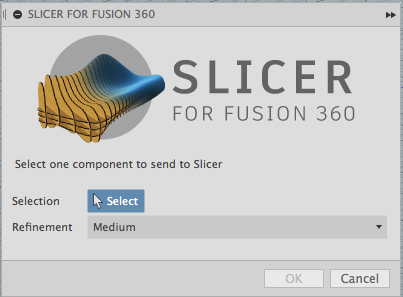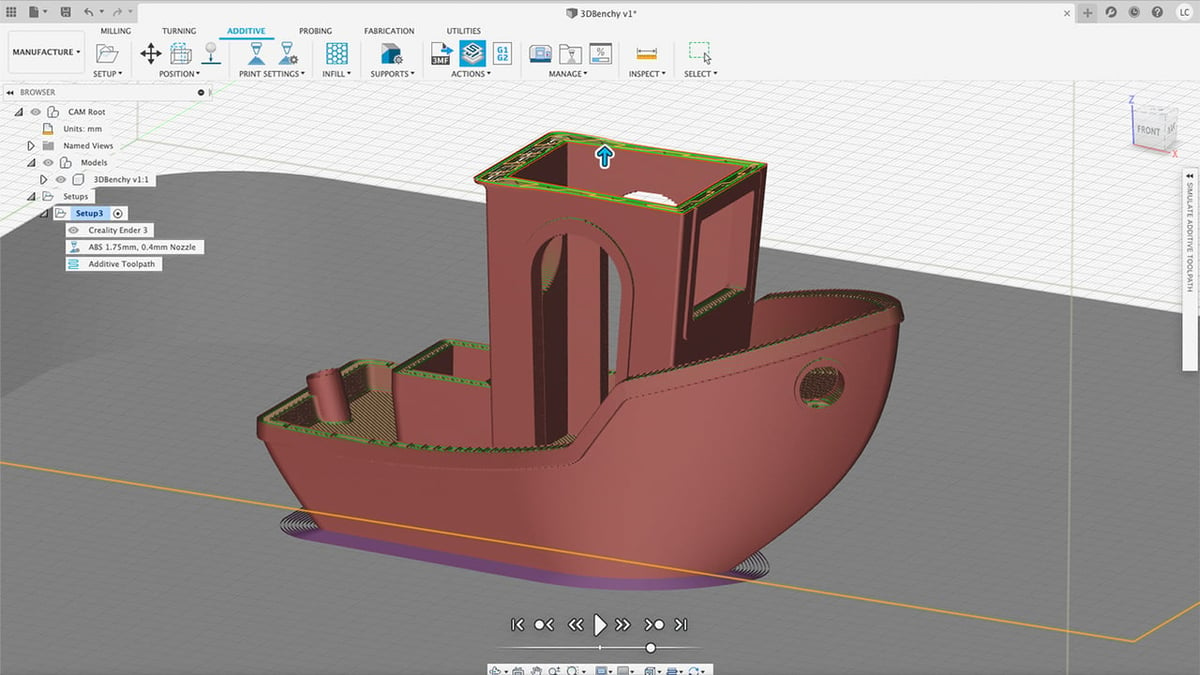

There is a variety of DICOM objects defined by the standard. Instance (most often, each Series will contain multiple Instances, with each Instance corresponding to a single slice of the image)Īs a result of imaging exam, imaging equipment generates DICOM files, where each file corresponds to one Instance, and is tagged with the information that allows to determine the Series, Study and Patient information to put it into the proper location in the hierarchy. Series (single image acquisition, most often corresponding to a single image volume) … can have 1 or more

Study (single imaging exam encounter) … can have 1 or more In most cases, imaging equipment (CT and MR scanners) used in the hospitals will generate images saved as DICOM objects.ĭICOM organizes data following the hierarchy of Slicer provides support for the most commonly used subset of DICOM functionality, with the particular features driven by the needs of clinical research: reading and writing data sets from/to disk in DICOM format and network transfer - querying, retrieving, and sending and receiving data sets - using DIMSE and DICOMweb networking protocols.ĭigital Imaging and Communications in Medicine (DICOM) is a widely used standard for information exchange digital radiology. To set up a new program select > Custom > select the Folder > select the Application on your computer.This module allows importing and exporting and network transfer of DICOM data.

Binary format (which is the default) is recommended for 3D printing.

ASCII files are visually easy to read and check. Binary files are smaller and easier to share. Format: Binary and ASCII are two encoding methods for storing data.Selection: Choose the bodies or components to export as an STL.


 0 kommentar(er)
0 kommentar(er)
